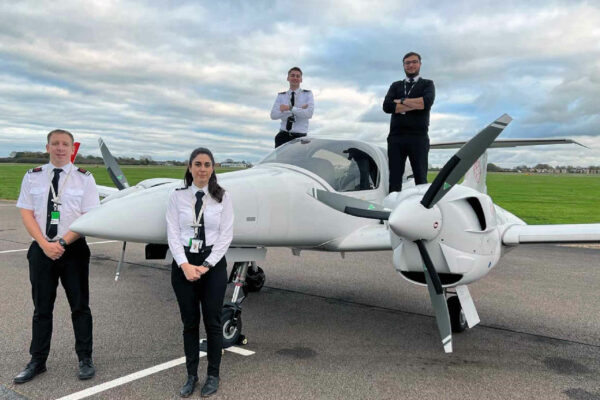Flight crew licensing
You may have seen a recent Skywise informing you that the Aviation Safety (Amendment) Regulations 2023 were laid before Parliament on 30 May. This is one of a series of recent Statutory Instruments amending the retained EU law and mostly consists of minor updates to the Initial and Continuing Airworthiness Regulations.
Also in the amendment is a further delay to the deadline by which balloon and glider pilots need to obtain a licence issued under the retained balloon or sailplane regulations.
The existing deadline was 8 December 2023, and has been moved until 30 September 2025. This is primarily to give more time for the ongoing review of flight crew licensing, which is now in a second phase at the CAA.
Some news I noticed from the US is that the FAA is proposing to change the instructor renewal process to a ‘recent experience’ condition, more in line with other FAA ratings.
Currently the US instructor certificates (CFI) require a renewal application every 24 calendar months, in contrast to the instrument rating (IR) or the requirement for a ‘flight review’, for which you look back from the date of the proposed flight and check whether you meet the requirements.
As far as I can tell, the practical requirements for maintaining CFI privileges are not changing, only the way compliance is established. The proposal is open for comment until 22 June.
Airworthiness
May saw the long-awaited update to BCAR Section S – the design requirements for microlights on the UK register. The main purpose of the update was to take account of microlights with an MTOW of 600kg and bring closer alignment with other European microlight design codes such as LTF-UL and UL-2.
Commenting on the technical detail of Section S is beyond my expertise but, reading the comment response document, it seems to have been well received and will give clarity both to UK manufacturers and those looking to certify foreign built microlights.
Also coming out in May was a revision to CAP1302 – setting out the process for when an aircraft may be eligible to transfer from a certificate of airworthiness to a Permit to fly.
This is only relevant to non-Part 21 aircraft (previously non-EASA aircraft) but may assist in circumstances when the type certificate holder (TCH) no longer provides effective support.
The main audience is probably older American types where the TCH notionally exists, but is essentially inactive. There is no automatic right of transfer under the revised CAP1302, but the language used does give more discretion to the CAA than the previous version.
Airspace
Farnborough Airport recently published the Post-Implementation Review (PIR) of its controlled airspace. It’s a weighty set of documents but does include some analysis of GA traffic patterns in Annex E (scroll about two thirds down the page). The CAA is now accepting comments on Farnborough’s analysis until 26 June – email [email protected]
On the opposite side of London, Stapleford Aerodrome has a proposal open for comment on the introduction of a radio mandatory zone (RMZ) around its proposed RNP approach procedure to Runway 21.
It’s good to see another GA aerodrome progressing an instrument approach procedure, but the use of an RMZ in such a tight piece of airspace may cause local issues – there are several options proposed, and I’d encourage local stakeholders to review the proposal. The deadline for comment is 10 July 2023.
Aviation Regulation Library
The CAA continue to publish consolidations of the various aviation regulations via the Aviation Regulation Library. A common complaint since leaving the EU has been the absence of accessible versions of the UK retained EU law.
The CAA has now uploaded most of the key regulations to the library, including the Aircrew Regulation (1178/2011) – probably the most important one for GA pilots and instructors.
The consolidations are available either in a web-based or downloadable PDF and are a vast improvement on the earlier versions.







